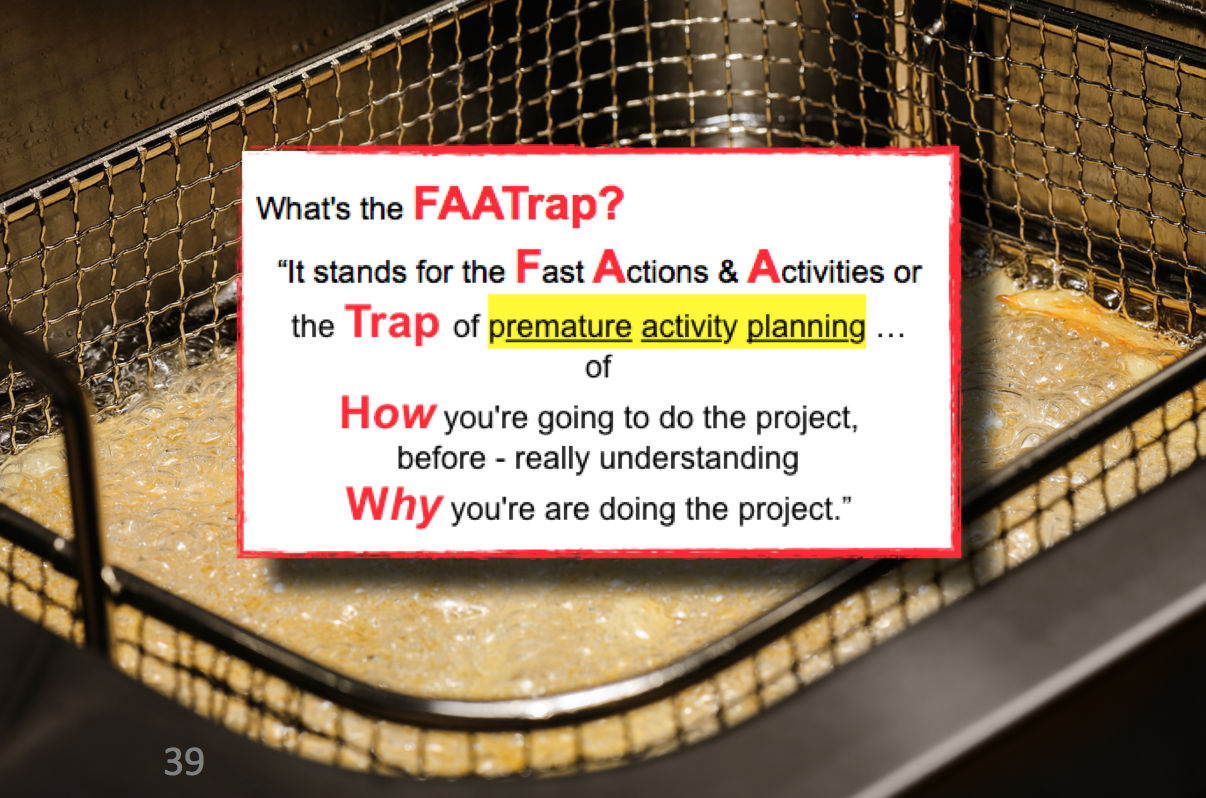A story about Robert Crandall, the legendary former chairman of American Airlines, demonstrates how creative thinking can simplify operations and reduce costs.
Crandall visited each AA location annually and discovered that a low-traffic Caribbean cargo warehouse employed an expensive night watchman to deter theft. Crandall suggested reducing the watchman to just three nights a week (the thieves wouldn’t know). A year later, with no theft, Crandall suggested further cost savings.
Crandall ordered that “Vicious Dog” signs are prominently placed around the facility, and they found the meanest and scariest dog to patrol inside the facility. Months later, after no theft attempts, they put the dog on part-time duty.
But times were tough for the airline, and more budget cuts were needed. Crandall then instructed that the dog not is fed for a day to make him mean, then had staff tape-record the snarling animal. The dog was laid off after the recording was hooked to speakers and put on a random timer so that thieves would be fooled into thinking a vicious dog was still patrolling the warehouse.
And it worked!
How can you adapt this concept to your own situation?
Start by asking “what is the purpose of any system or process”, then look for better, cheaper, simpler ways to accomplish that objective.
In Crandall’s case, there were superior ways to deter potential robbers.
It is so easy to fall into the trap of habit, and continue doing things the current way, without periodically searching for better ways to achieve the essential purpose the process is designed to achieve.
Give this a whirl: First, make a list of the top three time-consuming or resource-intensive processes in your business. Second, pinpoint the essential purpose of each, the “why” we are doing this. Third, identify at least three alternative approaches or simplifications to achieve the purpose in a better way. And finally, put the best ideas into action.
But please, reject any approaches that require you to starve and snarl your dog.
—————-
Terry Schmidt is a business strategist and author of Strategic Project Management Made Simple, and chief honcho at ManagementPro.com. He helps people of all backgrounds to develop Project Super Hero skills that transform their ability to get great results faster and smoother. Learn how here.










